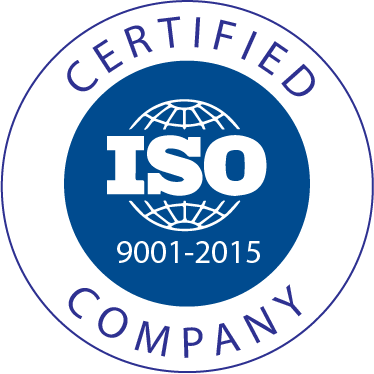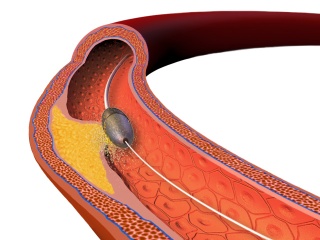Atherectomy in India starts from $3600. The total cost of the treatment depends on the diagnosis and facilities opted by the patient.
Plaque is the accumulation of fat, cholesterol, calcium, and other chemicals in arteries. Plaque can either restrict blood flow or rupture, resulting in blood clots. Atherosclerosis is the accumulation of plaque. Atherosclerosis is treated with an atherectomy.
Ather refers to a fatty plaque. The term “ectomy” refers to the surgical removal of something. This treatment clears the arteries from fatty plaque. This is a minimally invasive vascular therapy for people with Peripheral Arterial Disease (PAD).
This procedure to remove plaque from an artery is known as an atherectomy (blood vessel). Plaque removal widens the artery, allowing more blood to flow freely to the heart muscles. With small revolving blades or a laser on the end of a catheter, the plaque is shaved or vaporised away during an atherectomy (a thin, flexible tube).
Patients with very hard plaque or those who have already had angioplasty and stents but still have plaque restricting blood flow may benefit from surgical atherectomy.
Benefits of Atherectomy
It’s a minimally invasive technique that doesn’t require a hospital stay and has a quick recovery time. Other advantages include:
- Small Incisions
- Less Pain
- Minimal Infection Risk
- Recovery time is short
- Less Scaring
- Blood loss is reduced
Conditions treated by Atherectomy
- Peripheral arterial disease and coronary artery disease are treated with this treatment.
- Patients with very hard plaque or those who have already had angioplasty and stents but still have plaque restricting blood flow may benefit from surgical atherectomy.






